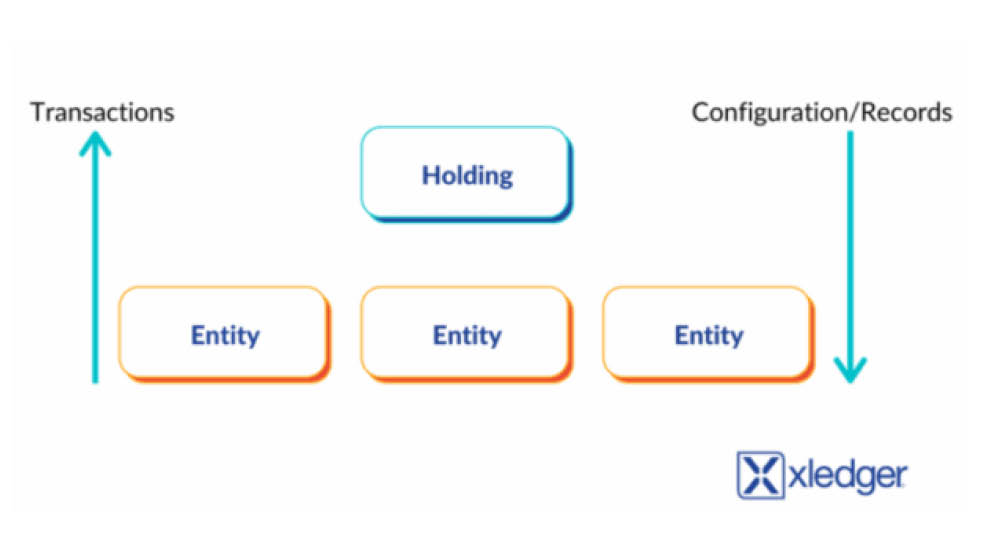Complex company structures are a headache for finance departments. From an operational perspective, we want to gain efficiency by creating synergy, removing silos, and eliminating duplication of effort. But, from a finance system perspective, maintaining separate, discreet databases for each statutory entity does little to facilitate this effort.





